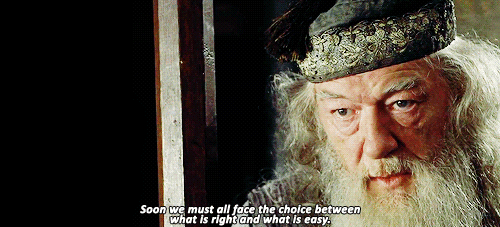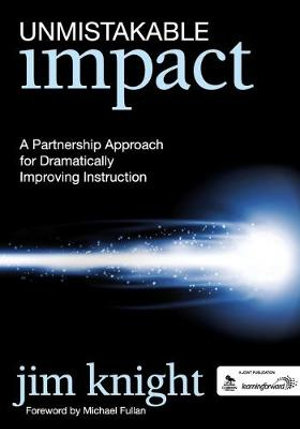
Raise your hand if you’ve said or heard the term “student-centered” in relation to whatever system you’re working in?
Okay. That looks like everyone. Now, let’s stop doing that.
Unfeeling monster that I am, I cringe each time I hear the term student-centered. Lest you start thinking me beyond salvation, give me a chance to explain.
It has to do with the Law of Unintended Consequences. If we claim we want our educational systems to be student-centered, it behooves us to then ask, “What is the worst consequence of our best idea?”
Student-centered systems (or worse, student-centered philosophies) will inevitably justify inhumane, uncaring, or incompassionate practices toward non-student members of the system. You’ve been in this faculty meeting. Adults’ negative feelings or alternative points of view are shut down by the gentle but firm reminder, “We are a student-centered school.” No one wants to raise their hand and appear anti-student, so they remain quiet and passive. Or, at least they do so outwardly.
Repeated over the course of several months or years, this anti-adult or myopic view of who our educational organizations must consider as being in their care starts to burn out some of its most caring members because they begin to resent the lack of a reciprocity of care and valuing of well being. When these people leave, they may be easy to write off by leadership as not being able to hack it in a truly student-centered environment. Even if this is the true cause of teachers’ resignations, it is cause for great concern.
Student-centered organizations are naturally incentivized to be harmful to teachers and, in turn, to students. The cumulative effect of being repeatedly asked to set aside one’s own legitimate self-interests and care in exchange for an other is likely to be some level of quiet resentment of the other.
Then What?
To argue against student-centered and suggest nothing in its place could be akin to saying, “Do what feels right” in schools. That’s also not an argument I’m interested in supporting.
Instead of student-centered, let us make decisions based on whether a given choice is learning-centered. More specifically, let us decide matters based on the answer to the question, “All things considered, which choice or action is most likely to improve the learning in this space?”
Asking some variation of this question when considering shifting teaching loads, revising a schedule, adopting new resources, implementing new systems of student or teacher assessment, planning professional development – you get the idea. Asking it in any situation and realizing “all things considered” includes adults and children inside and outside the school is more likely to lead to a decision that is more sustainable than the “Is it student-centered?” question is likely to surface.
Such an inclusive approach to shifting within a system is also more likely to invite input and conversation along the way. An administrator can sit at their desk and more easily make the student-centered decision on her own. To make the learning-centered decision, she is more likely to recognize the factors unknown to her. These realizations are the likely to lead her to seek opinions and input from those who know what she does not.
An example.
I have always been uncoupled in my work as an educator. Single and without kids of my own, I’ve consistently been on my school or district’s go-to team for activities outside the school day. Back to school nights, open houses, coaching, chaperoning – you know the stuff. I and my other single, childless friends have always been not asked, but expected to fill these roles. While I’m always happy to pitch in and help, it’s not always in my best interest. In some of the more frantic times of the year, the rapid fire of these requests becomes deleterious to my ability to perform regular, day-to-day tasks. You know, teaching and stuff.
Having the singles perform these roles is easier for the system and gets the bodies a system needs in the room. (You know, for the kids.) It is a student-centered way of thinking that fails to take into account how repeated asks of a specific group of adults might adversely effect students and learning later.
A learning-centered approach would recognize these constraints and invite input and conversation for how to more equitably meet the needs of all people in the system in service of learning. At the least, it would make room for concerns to be raised. At the most, it might uncover other ways systems aren’t working and re-evaluate approaches to such events.
A final word on the use of student-centered touched on only lightly above. That is the use of the term to incite guilt in those voicing opposition to a view or action. Those who do so are using the term as shorthand for “If you don’t like this idea, you’re probably against kids.” Not only is this mean, it is choosing what is easiest over what is right. Learning is messy work and it is difficult work requiring many voices and uncomfortable conversations. Making choices because they are easy and can be couched in language when we fear or prefer to avoid the messiness builds systems on ideas unworthy of the public good with which we have been entrusted.





